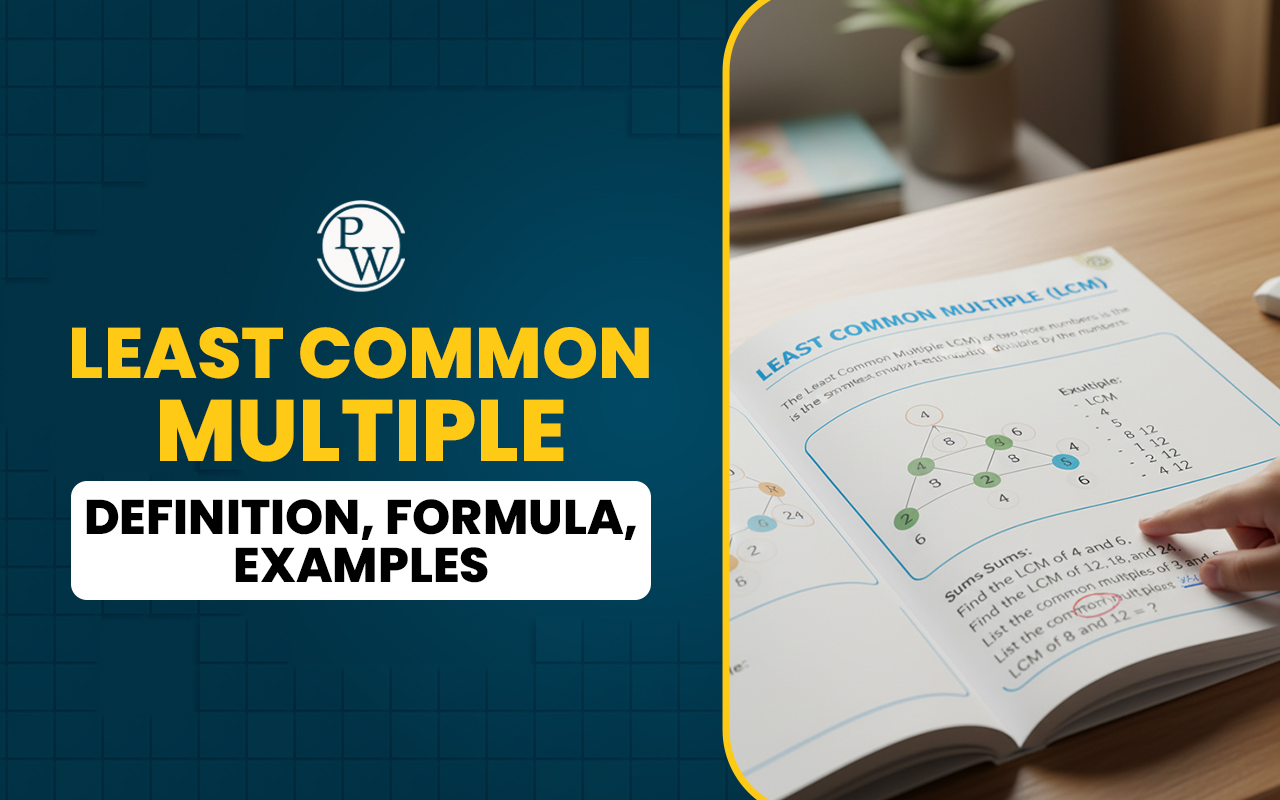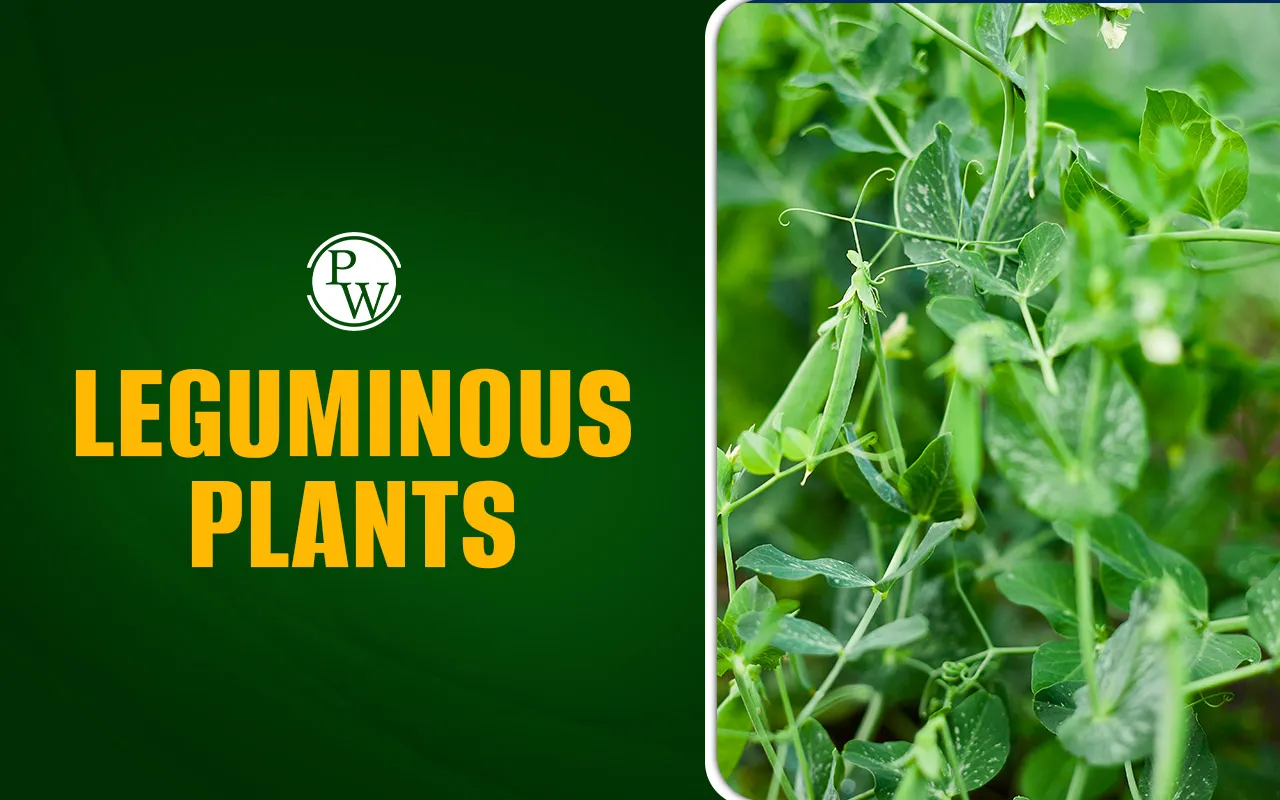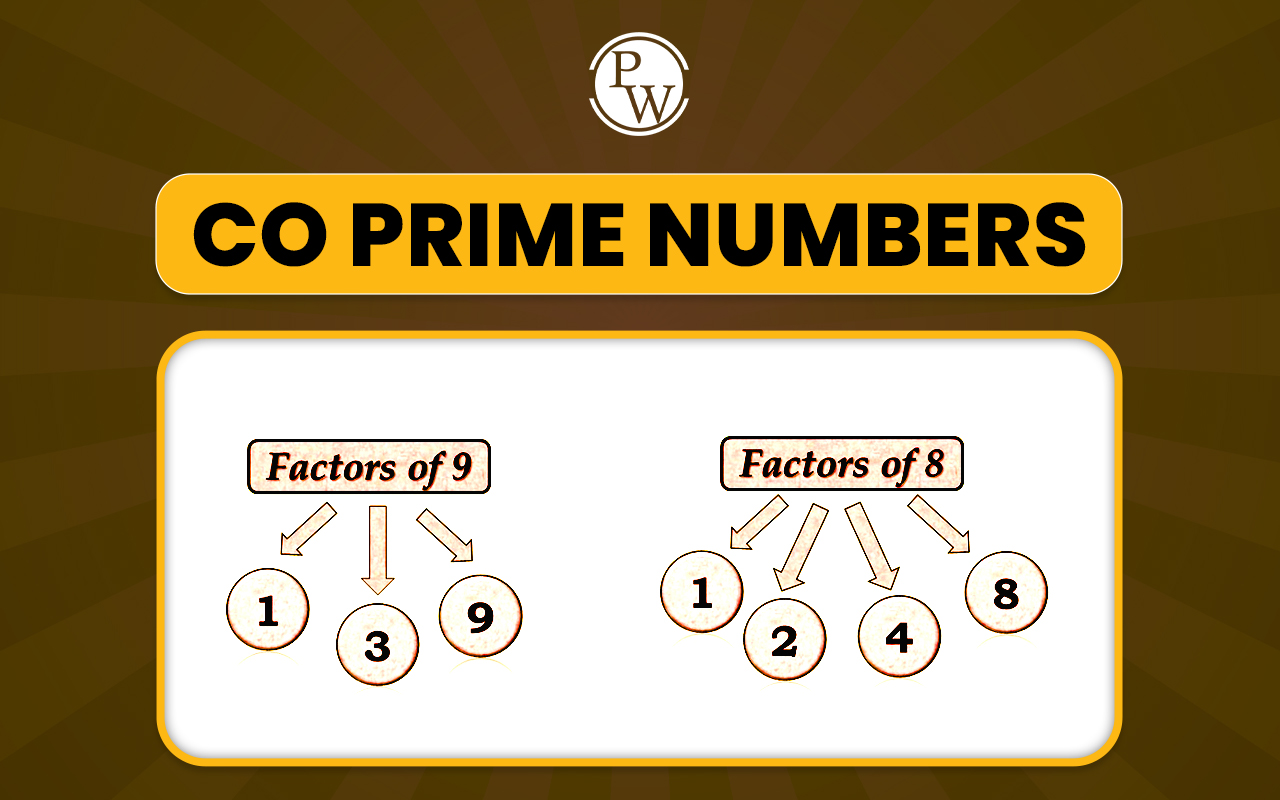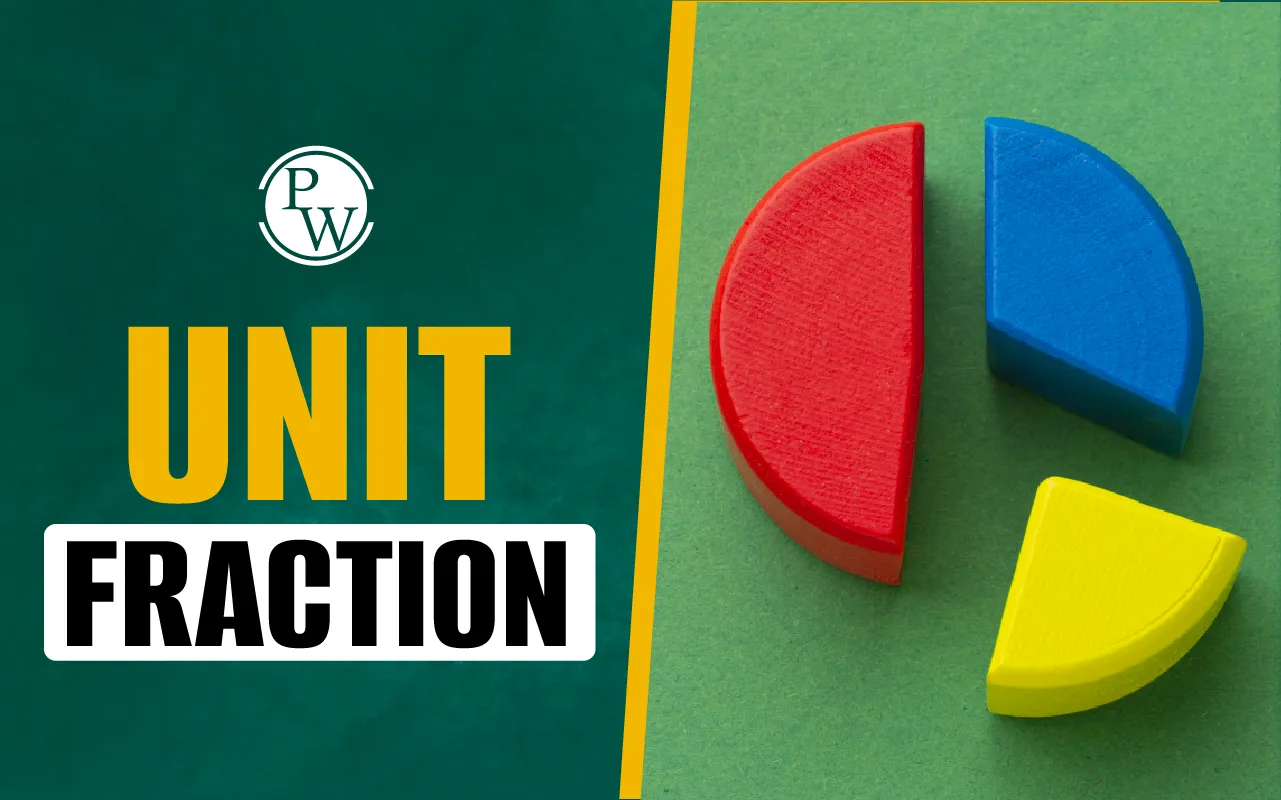
Non Flowering Plants: We are surrounded by nature that has all kinds of plants. While some plants grow flowers, some do not. Plants that do not produce flowers are called non-flowering plants. These plants usually grow and reproduce using their tiny parts called spores.
Learning about flowering and non flowering plant types helps students understand how plants grow and survive in nature. To know more about what a non-flowering plant is and how it is different from flowering plants, keep reading.
Read More: What is Photosynthesis?
What is a Non-Flowering Plant? Definition with Examples
When learning about plants, one common question students ask is, "What is a non-flowering plant?" A non-flowering plant is a plant that does not grow flowers like roses or sunflowers. These plants do not make fruits or seeds in the same way as flowering plants. Instead, many of them grow new plants using tiny cells called spores.
Some common examples of non-flowering plants include mosses, ferns, liverworts, and pine trees. These plants can grow in many different places, such as damp soil, shady rocks, and forest areas.
Read More: Omnivorous Animal
Key Difference Between Flowering Plant and Non-Flowering Plant
Flowering plant and non-flowering plant are two main groups of plants that are different from each other in many ways, such as:
-
Flowering plants, also called angiosperms, are plants that produce flowers and seeds.
-
These plants have true roots, stems, and leaves. Examples of flowering plants are roses, grasses, and orchids.
-
On the other hand, non-flowering plants do not grow flowers. Most of these plants also do not produce seeds, except for gymnosperms like pine trees, which have seeds but no flowers.
-
Many non-flowering plants do not have true roots, leaves, or stems. Examples of non-flowering plants include mosses, ferns, and conifers.
Understanding these key differences between flowering plant and non flowering plant helps students identify the type of plant and how it grows and reproduces in different ways.
Read More: Combustion and Flame
Types of Non-Flowering Plants
Non-flowering plants can be mainly divided into two types based on how they reproduce:
-
Spore-Producing Plants
-
Seed-Producing Plants
Let's learn about these two types of non flowering plants one by one to understand them better.
1. The first type, Spore-Producing Non Flowering Plants, does not make seeds or flowers. Instead, they use tiny cells called spores to grow new plants. Spores are very small and light, so the wind can carry them far away to new places where they grow. Examples of the spore-producing non flowering plants are mosses and ferns.
-
Mosses are soft, small, and grow in groups on soil or rocks using small root-like parts called rhizoids.
-
Ferns have true roots and stems and grow spores under their leaves, which help them reproduce.
2. The second type is Seed-Producing Non Flowering Plants, known as gymnosperms. These plants do not produce flowers or fruits, but they do make seeds. Their seeds are not inside fruits, so they are called naked seeds.
-
Gymnosperms produce cones that hold their seeds. The cones come in two types: male cones that release pollen and female cones that develop seeds when pollen lands on them.
-
Pine trees, firs, and cedars are common examples of gymnosperms and conifers, a group of cone-bearing plants.
Non Flowering Plants Characteristics
Non flowering plants have special characteristics that make them different from flowering plants. These unique features, as outlined below, help non-flowering plants grow, survive, and reproduce without flowers or fruits.
-
Non-flowering plants do not produce true flowers or fruits, and their seeds, if present, are not hidden inside fruits.
-
These plants reproduce using special structures like spores or cones.
-
Many non-flowering plants have needle-like leaves and can live for a long time, growing into trees.
-
Non flowering plants mostly depend on wind for pollination, and their seeds store food to help grow a new plant.
-
Some non-flowering plants have a well-developed vascular system. This system helps move water and nutrients from the roots to other parts of the plant. It also carries food made by the leaves to different areas, helping the plant grow and stay healthy.
Read More: NCERT Solutions for Class 6 Science Chapter 1
Facts About Non-Flowering Plants
Non flowering plants may look less attractive than flowering ones, but they are full of interesting facts. These plants have been on Earth for millions of years and play an important role in nature. Here are some facts about non flowering plants that students must know:
-
There are more than 12,000 different species of mosses found around the world.
-
Ferns and mosses are some of the oldest plants on Earth, dating back hundreds of millions of years.
-
Redwoods are the largest non-flowering plants and can grow very tall, like big trees.
-
Pine trees are non-flowering evergreen plants, which means they stay green all year round.
-
Fern leaves are called fronds and they grow in curled shapes when newly grown.
-
Most non flowering plants grow from tiny structures called spores instead of seeds.
-
Mosses can survive in very harsh places and help in holding soil together, stopping it from washing away.
-
Some mosses can show changes in the environment, like moisture and temperature, making them natural indicators.
-
Gymnosperms were one of the first plants to make seeds, but their seeds are not protected by fruits.
-
Algae, which are also non-flowering, live in water and help support fish and other sea animals by making oxygen.
Read More: Three States of Matter
Are Non Flowering Plants Useful for Us?
It goes without saying that many flowering plants are useful to us. They are used as a source of food, decoration, perfumes, and even medicines. But are non-flowering plants also beneficial for us? The answer is yes, they are! Non-flowering plants also have many important uses that help us in our daily lives, such as:
-
Healthy Food: Some non-flowering plants like cycas, ginkgo, and pine (Pinus) have seeds that can be eaten. These seeds are used in making food items and are a good source of energy.
-
Staple Food: A few non-flowering plants, like cycas, are used to make sago, which is a food eaten in some parts of the world, especially by people living in lowland areas.
-
Green Vegetables: In some places, the leaves of non-flowering plants are cooked and eaten like green vegetables.
-
Medicines: These plants are also used to make medicines. For example, the bark of the Taxus tree is used to make a strong medicine called "Taxol" that helps in treating cancer.
-
Cough and Cold Treatment: Some non-flowering plants are used to prepare medicines for coughs, colds, asthma, and other health problems.
-
Hair and Skin Products: Parts of non flowering plants like cycas are used to make oil, lotion, shampoo, and other hair care items.
-
Perfumes and Fragrances: Oils taken from their wood, bark, and leaves are used to make perfumes and air fresheners.
-
Decoration: Non flowering plants like ferns are grown for their beautiful leaves and are used in home decoration, gardens, and parks.
So, even though non-flowering plants do not have colorful flowers, they are very helpful and used in many ways in our lives.
Learning science becomes more fun when children explore it in the right way. Help your child grow curious and smart with Online Learning Classes for Kids by CuriousJr. These classes make science easy to understand and enjoyable. Book a demo class today!
Non Flowering Plants FAQs
Q.1. Give an example of a non flowering plant.
Q.2. How do non flowering plants reproduce without flowers?
Q.3. Do all non flowering plants have seeds?
Q.4. How do non flowering plants make their food?










